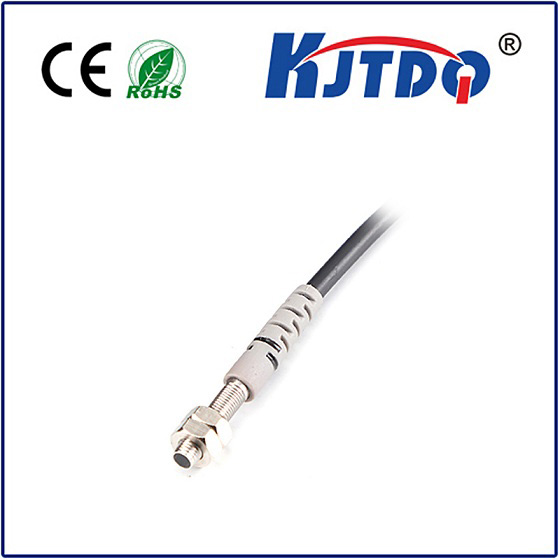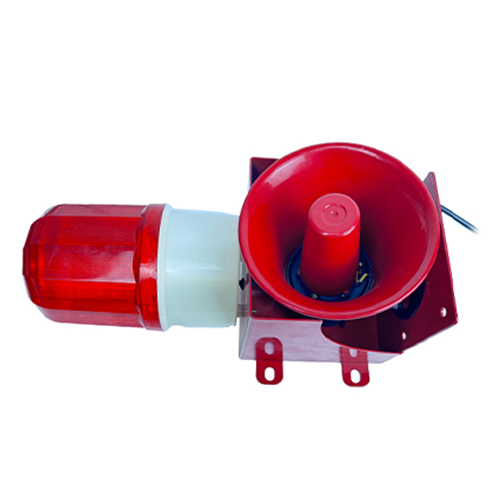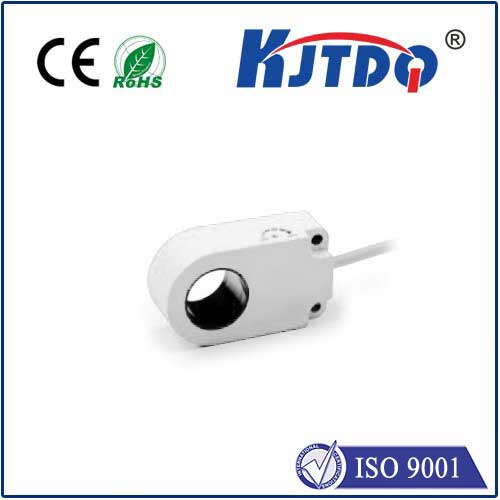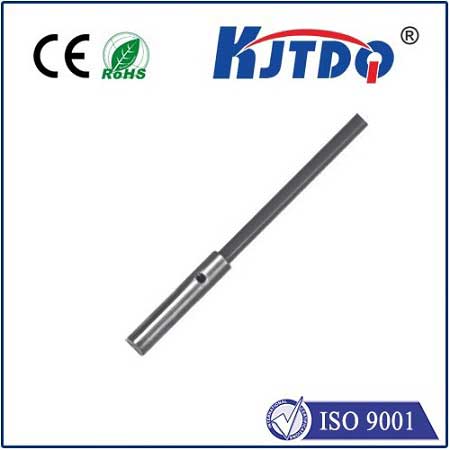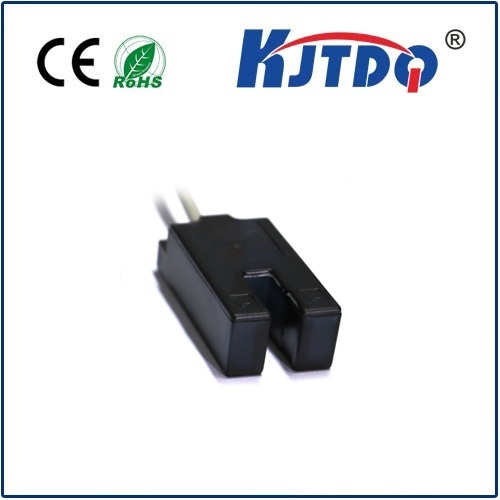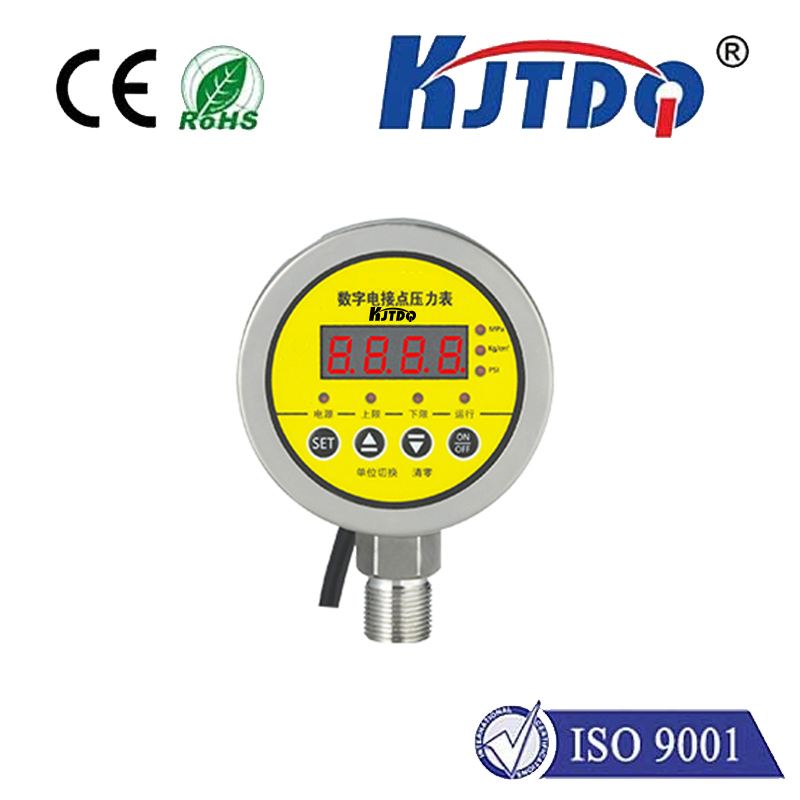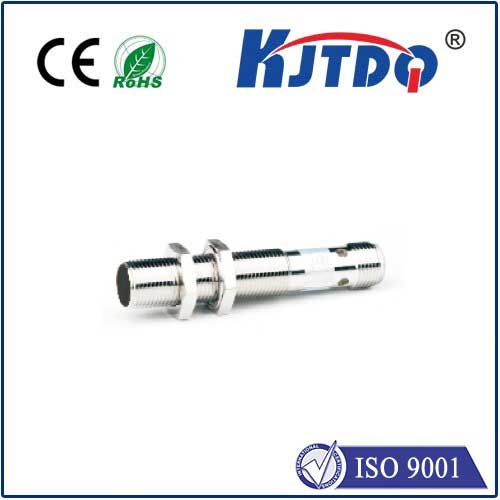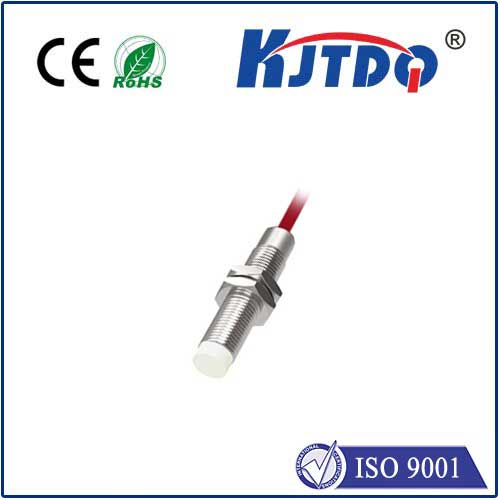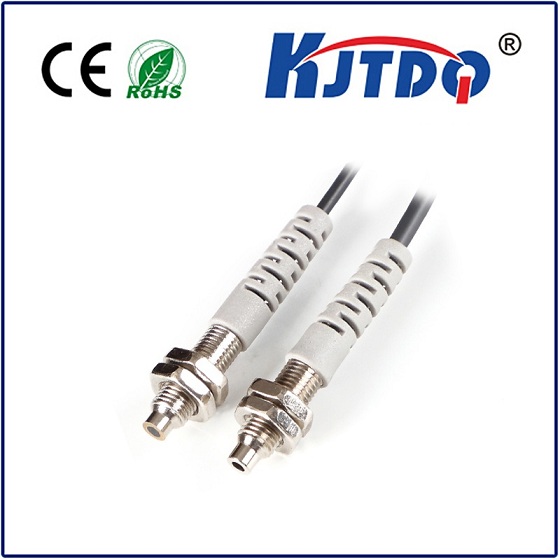датчик приближения PLC
- time:2025-07-15 09:03:54
- Нажмите:0
Proximity Sensors: The Eyes and Ears of PLC Automation Systems
In the intricate dance of modern industrial automation, Programmable Logic Controllers (PLCs) are the undisputed conductors. But even the most sophisticated conductor needs precise information to perform flawlessly. This is where PLC proximity sensors step onto the stage, acting as the essential eyes and ears, gathering critical real-world data with unwavering reliability. Understanding these sensors isn’t just technical jargon; it’s fundamental knowledge for anyone designing, maintaining, or optimizing automated processes.
Beyond the Mechanical Switch: Unveiling Non-Contact Detection
Before proximity sensors reigned supreme, mechanical limit switches were commonplace. While functional, they suffered from inherent limitations: physical wear and tear, susceptibility to contamination, slower response times, and direct contact requirements that could damage delicate objects. PLC proximity sensor technology revolutionized this by introducing non-contact detection. These remarkable devices detect the presence or absence of an object without needing physical touch. This translates to:
- Longer Lifespan: No moving parts mean dramatically reduced mechanical wear.
- Enhanced Reliability: Immune to dirt, dust, and moisture (within their IP ratings, of course).
- Blazing Speed: Capable of detecting objects thousands of times per second, crucial for high-speed automation.
- Gentle Handling: Perfect for detecting fragile items like glass bottles or electronic components.
- Robust Performance: Thrives in demanding industrial environments where vibration and shock are commonplace.
This shift to non-contact sensing, seamlessly integrated with PLC control, provides the foundation for the speed, precision, and reliability demanded by modern manufacturing.
Decoding the Magic: How PLC Proximity Sensors Work
While “proximity sensor” is a broad term, the индукционный датчик приближения is undeniably the workhorse in industrial PLC applications involving metal detection. Its operation hinges on fascinating electromagnetic principles:
- Generating the Field: The sensor contains an oscillator circuit that generates a high-frequency electromagnetic field emanating from its active face.
- Target Interaction: When a metallic target (ferrous or non-ferrous) enters this electromagnetic field, eddy currents are induced within the target material.
- Energy Drain: These eddy currents draw energy from the sensor’s oscillating circuit.
- Detection Threshold: As the target gets closer, the energy loss increases. Once the energy loss surpasses a pre-defined threshold…
- Signal Switch: The sensor’s internal solid-state switch changes state. This switch is directly connected to the sensor’s output wire.
- PLC Interpretation: The PLC constantly monitors the state of the sensor’s output wire (typically connected to a digital input module). A state change (e.g., from OFF to ON or from HIGH to LOW, depending on the sensor type and PLC configuration) signals the presence of the target within the detection range.
Other types, like capacitive proximity sensors (detecting non-metallic materials like plastic, wood, or liquids) or Фотоэлектрический датчик (using light beams), operate on different principles but serve the same core function: providing a clean, discrete electrical signal (detected or not detected) to the PLC control system based on object presence.
Navigating the Choices: Key Selection Factors for PLC Integration
Selecting the right PLC proximity sensor is critical for optimal system performance. Here are vital considerations:
- Target Material: Is your target metal? Choose inductive. Non-metal? Capacitive might be needed. For long-range or specific object characteristics, photoelectric could be ideal.
- Sensing Distance: Every sensor has a specified nominal sensing range (Sn). Never select one where the operating distance exceeds Sn. Factor in installation tolerances and potential target variations. Remember, inductive sensors detect metals better than non-metals, and ferrous metals offer a longer range than non-ferrous.
- Output Configuration: This dictates how the sensor signals the PLC:
- NPN (Sinking): Switches the negative (0V) line to the load (the PLC input). Common in Asia and some European systems.
- PNP (Sourcing): Switches the positive (+V) line to the load. Predominant in North America and Europe.
- NO (Normally Open) / NC (Normally Closed): Defines the output state without a target present. NO is open (OFF/inactive), closing (ON/active) when a target is detected. NC is the opposite. Choosing correctly is vital for fail-safe logic in the PLC program.
- Electrical Ratings: Match the sensor’s supply voltage (e.g., 10-30V DC) to your system and ensure its switching current (the current it can handle when active) is compatible with the PLC input module’s requirements. Overloading can damage the sensor or PLC input.
- Environmental Factors: Consider temperature extremes, potential chemical exposure, welding fields, washdown requirements (IP67/IP68/IP69K ratings), and mechanical stress. Harsh environments demand robust sensor housings and high ingress protection ratings.
- Form Factor and Mounting: Flush-mountable? Non-flush? Cylindrical (common)? Block-style? Rectangular? Choose a size and shape that fits your mechanical constraints and mounting options.
Maximizing Performance: Best Practices for PLC Proximity Sensor Installation and Use
Proper installation is paramount for reliable PLC proximity sensor operation:
- Mind the Gap: Maintain the recommended clearance around the sensor, especially metal mounting surfaces near the sensing face. Flush-mountable sensors are designed for embedding in metal; non-flush types require significant free space around them.
- Secure Mounting: Prevent vibration from altering the sensor’s critical position relative to the target path. Use lock nuts or suitable brackets.
- Wiring Integrity: Follow manufacturer guidelines. Use shielded cable if recommended, especially in electrically noisy environments, and ground the shield correctly. Ensure polarity (brown +V, blue 0V) and output wire (black/white) are connected properly to the PLC input module. Loose connections are a frequent source of intermittent faults.
- Avoid Mutual Interference: Mount inductive sensors far enough apart so their electromagnetic fields don’t interfere. Follow the manufacturer’s minimum separation distances.
- Calibration Awareness: Most standard proximity sensors don’t require user calibration. However, understand that environmental factors like extreme temperature can slightly influence the sensing distance.
By providing these critical, non-contact detection capabilities, PLC proximity sensors form the sensory nervous system of automated machinery. They translate the physical presence of objects into the precise digital language understood by the PLC controller. Selecting the appropriate sensor type, understanding its output characteristics (NPN/PNP, NO/NC), adhering to electrical specifications, and implementing sound installation practices are essential steps in building reliable, efficient, and high-performing automated systems. These unassuming components, working tirelessly in the background, are fundamental to the seamless operation of the modern industrial world.
